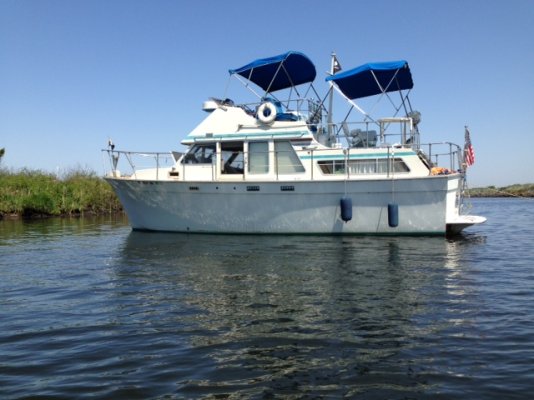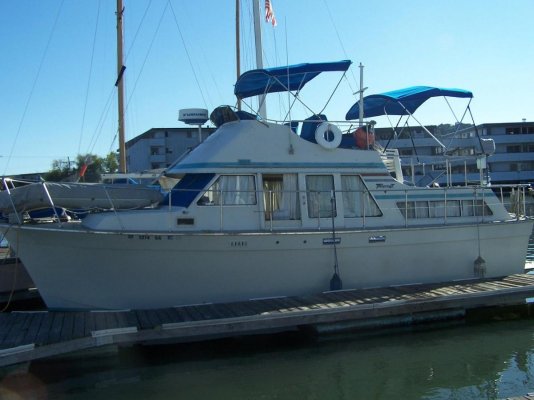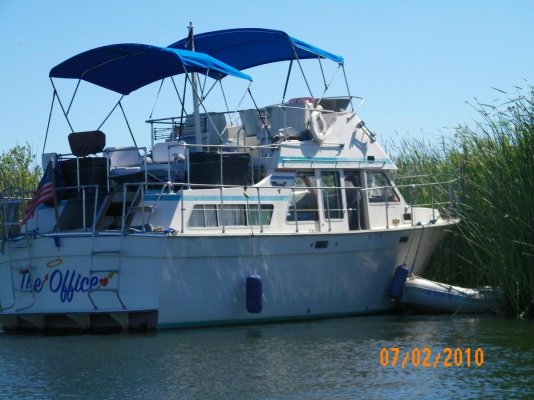Xlantic
Guru
The only times I wish I had a bow thruster is when backing into a slip, particularly if there is a cross wind.
In Mediterranean ports and marinas this is the standard docking procedure as fingers are virtually never used and boarding is directly from the dock or pontoon onto to the stern of the boat. Although sailboats and small motor boats often dock bow-first the bow on trawlers tends to be too high for boarding.
If you don't need to dock stern-to then I think you have less need for a thruster. You do need to develop your technique through research and practice.
Also, as mentioned above, I think it is much easier to learn line-handling than boat-handling.
In Mediterranean ports and marinas this is the standard docking procedure as fingers are virtually never used and boarding is directly from the dock or pontoon onto to the stern of the boat. Although sailboats and small motor boats often dock bow-first the bow on trawlers tends to be too high for boarding.
If you don't need to dock stern-to then I think you have less need for a thruster. You do need to develop your technique through research and practice.
Also, as mentioned above, I think it is much easier to learn line-handling than boat-handling.
Last edited:







